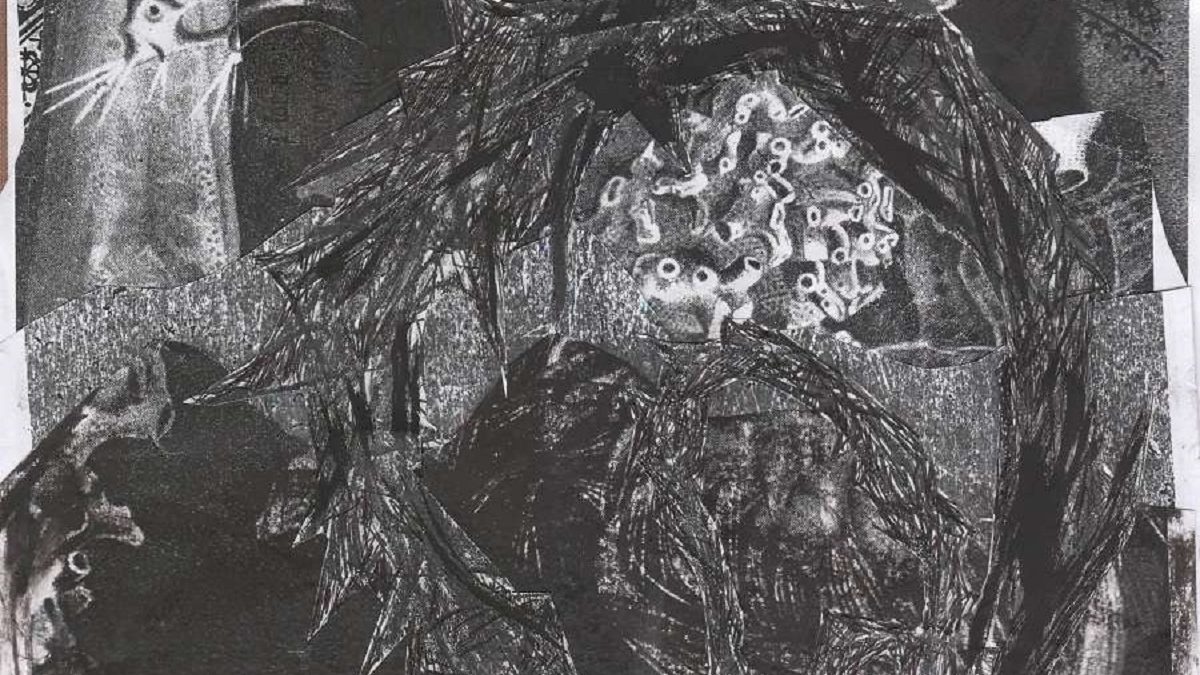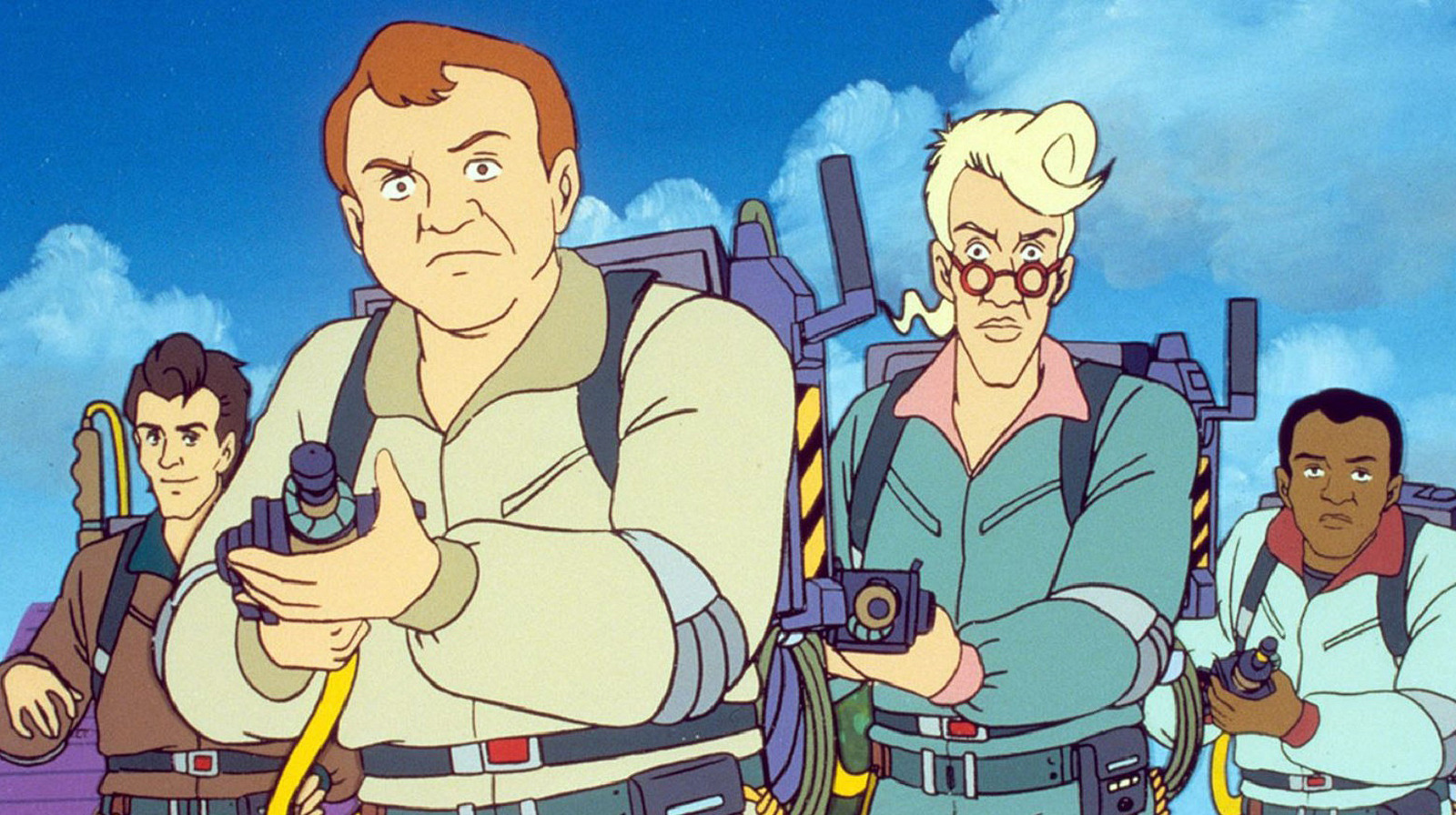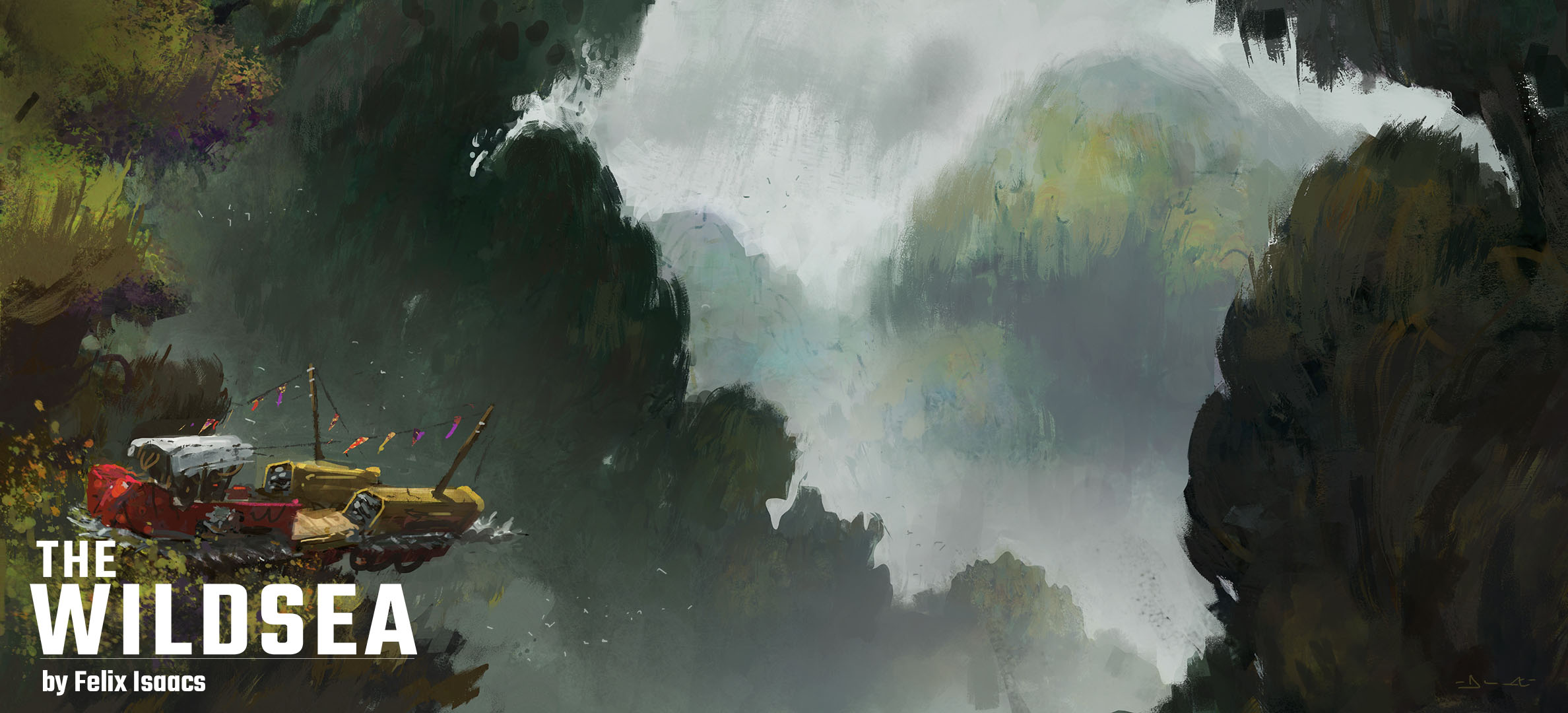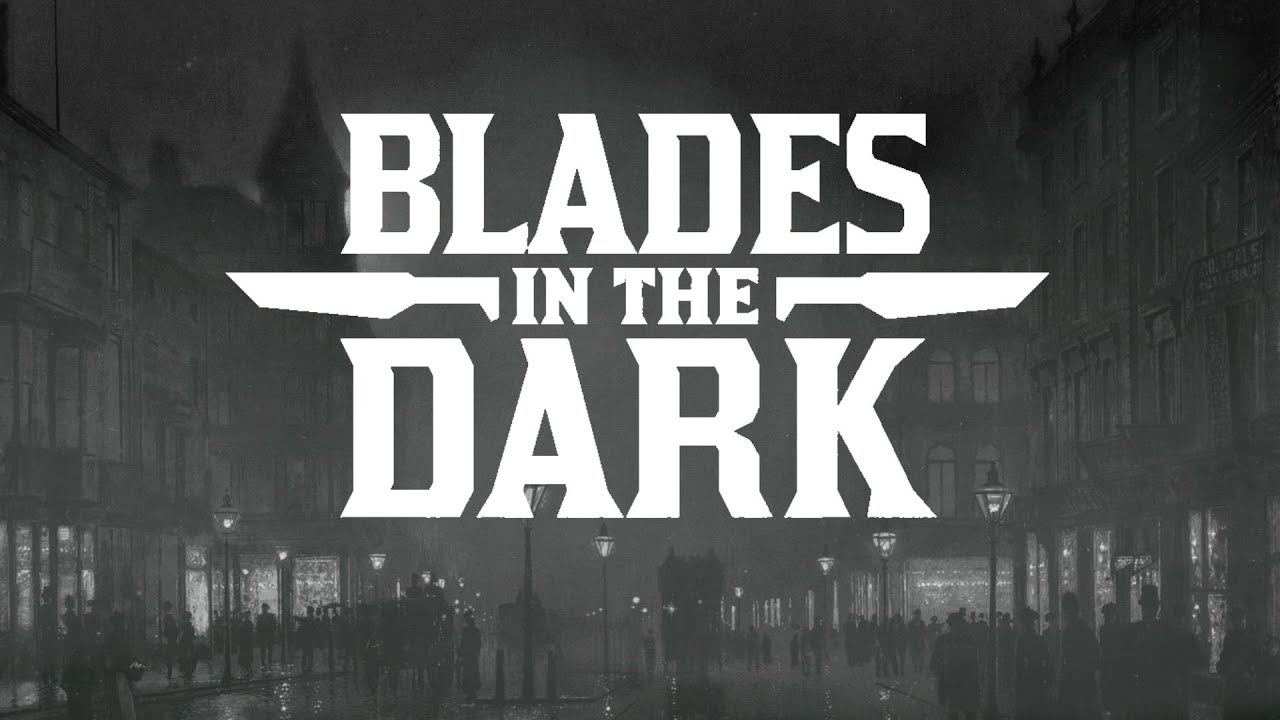I couldn’t find a good essential episode guide for The Real Ghostbusters animated series, so I decided to write one up. These reviews are entirely biased and wholly unscientific. Don’t like em? Make your own!
S1 E1 – Ghosts R Us (Skip) – This episode centers around the antics of a trio of ghosts who escape containment (?), pass themselves off as human (??), and then start a rival ghostbusting business to embarrass the Ghostbusters (???). The whole thing culminates with a different ghost possessing some toys and turning them into a giant monster that attacks Brooklyn bridge. The plot is nonsensical and the threat isn’t threatening. The only bright spot is the brief appearance of Ecto-2, a 2-seat helicopter that’s stored in the back of Ecto-1 (okay seriously who wrote this?).
S1 E2 – Killerwat (Maybe) – This one is… fine? The villain of the episode is a ghost named Killerwat who’s directing other ghosts to possess electrical systems. There’s a decent fight in a department store against some (legitimately creepy) possessed appliances, but that’s about all this episode has going for it.
S1 E3 Mrs. Rogers Neighborhood (Watch) – Now we’re talking! The Ghostbusters are called to investigate an old lady’s house. She’s terrified that it’s haunted, so they send her back to the firehouse while they investigate. Things aren’t what they seem and the Ghostbusters need to figure out what’s actually going on. Wonderfully threatening main villain and some actually creepy scenes.
S1 E4 Slimer, Come Home (Skip) – This episode was penned by J. Michael Straczynski (of Babylon 5 fame). As such, the banter and dialog are a lot better than other episodes. However, it’s still a Slimer-centric episode and those are a HARD pass for me. Slimer is a pest, and the other characters love/like him for entirely unstated reasons. He causes way more problems than he solves but he’s the designated “lovable” kids mascot. I first watched The Real Ghostbusters when I was maybe 8 years old, and I could tell I was being pandered to back then. Slimer grates all the more on my adult nerves.
S1 E5 Troll Bridge (Maybe) – A horde of Trolls take over a bridge after one of their number goes missing. The Ghostbusters have 12 hours to find and retrieve the wayward Troll before the rest of them invade. It’s a perfectly normal episode, but nothing really jumps out. The threat is goofy and not much interesting really happens.
S1 E6 The Boogieman Cometh (Watch) – The Ghostbusters are called in by a couple of children who are terrified of their closet. The terror turns out to be real, as their closet is a portal to the realm of The Boogieman, a supernatural creature that feeds on fear. Wonderfully creepy visuals and some nice Ghostbuster-y action sequences.
S1 E7 Mr. Sandman, Dream Me a Dream (Maybe) – The Ghostbusters go to investigate a case, only to find a slew of surreal happenings. Turns out a rogue Sandman has decided to stop giving normal dreams and instead make everyone sleep for 500 years. There’s some nice back-and-forth between the Sandman and the ghostbusters as the two sides try to beat the other’s plans. Unfortunately it’s impossible to take the Sandman seriously because the voice they gave him is so goofy.
S1 E8 When Halloween Was Forever (Maybe) – The ghostbusters face off against the original spirit of Halloween, Sam Hain. For some reason the animation quality in this episode drops sharply. It’s never great, but it’s noticeably worse here. The villain is fine, and there’s some neat parts to the episode, but I’d probably skip it.
S1 E9 Look Homeward, Ray (Maybe) – Ray heads back to his hometown in upstate New York to sit at the head of a parade. He meets his old crush and his high school buddy/bully. Shenanigans ensue. Ray gets made a fool of, but eventually saves the day. The level of high school drama in this one is cringe, and Ray’s motivations exist largely to service the plot. Dude quits being a Ghostbuster because of one embarrassing incident and decides… to be a mascot for a shoe store in his home town? He has a doctorate. Quitting doesn’t make sense, but even if he did he’d go back to academia, or open an occult bookstore or something. Despite all this, the plot is still stronger than a lot of Season 1 episodes.
S1 E10 – Take Two (Watch) – This one is kind of clever. The premise is that the live-action movies are based on the exploits of the Real Ghostbusters. It takes real hutzpah for the spinoff kids cartoon to tell a story about how the movies are dramatizations. For the premise alone, I’d say watch this one.
S1 E11 Citizen Ghost (Watch) – This episode is a flashback to right after the end of the first film. Some neat continuity (such as explaining why their uniforms changed in the cartoon and why the containment unit is bigger). It is, sadly, a slimer-centric episode, though maybe the most tolerable of them.
S1 E12 Janine’s Genie (Skip) – Janine asks to come with the rest of the team on a job, and manages to actually bag a ghost, but the building’s owner can’t pay them and gives her an old lamp instead. The rest of the plot unfolds exactly as you’d expect. Despite being Janine’s first time with a Proton Pack, I’d skip this one.
S1 E13 X-Mas Marks the Spot (Skip) – The Ghostbusters time travel (?) back to Victorian England and accidentally capture the Ghosts of Christmas Past, Present, and Future (??). This alters the future, so they have to go back and fix the problem by releasing the ghosts (???). I mean, come on.
Final assessment
Out of all 13 episodes in Season 1, I’d only say that 4 are actually good. Even the “Maybe” episodes are merely serviceable. Mrs. Rogers Neighborhood, The Boogieman Cometh, Take Two, and Citizen Ghost are probably worth your time, but this season is definitely the series “finding it’s feet”.
Hopefully Season 2 will be better.



